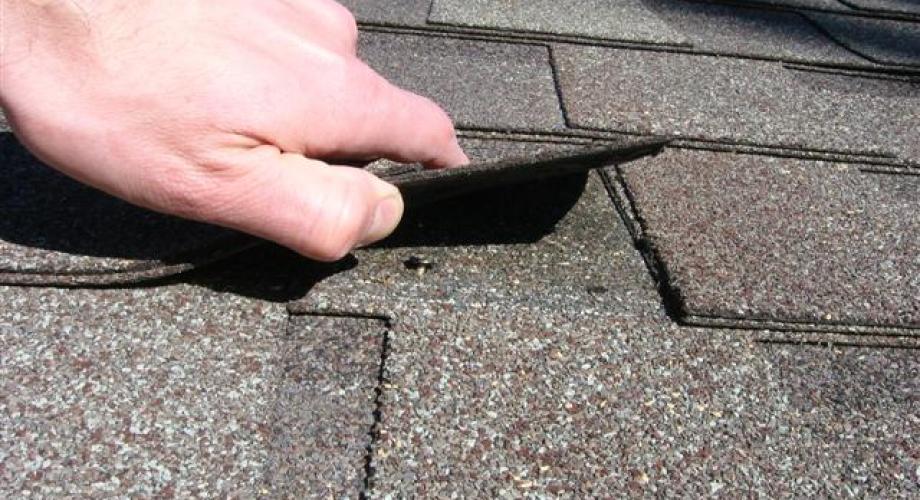Q: My roof is in good shape, however, I have a mystery leak.
Or, to be more precise, I have a moving mystery leak. In other words, when it rains, the roof does not always leak in the same place. This is driving me crazy. How do I solve the mystery?
A: Smart roofing troubleshooters are worth their weight in gold. First things first: Have your building inspected by a reputable roofing company or roofing inspector. The inspection will eliminate non-issues and help to point you in the right direction. It might even solve the leak mystery.
The amount and intensity of rain contributes to many roof leak mysteries. Often, a light rain will cause a leak in an area that would not leak in a heavy or prolonged rainstorm. The reason is material swell. A light rain is not wet enough to swell surrounding wood or roofing material and cut off the leak. Mind you, this is still a leak that requires fixing. The deep penetration of water in a heavy or wind-driven rainstorm will cause a leak by its sheer volume that would not have leaked as a result of a light rainstorm.
Roof flashings are a common source of leaks that drip far from the source of the water intrusion. Roof flashings can be found where the roof material meets a transition area such as a chimney, a wall, a pipe or other structure. Shifted or lifted composite shingles or roof tiles will cause water to come into contact with the felt paper under the roofing material and a break in the felt or roofing paper will cause leaks. Debris on the roof, valley, top-caps, gutters, etc., can form water dams and cause leaks. Watch overhanging trees as well as they can damage the roof and cause leaks.
Jerry LEcuyer, Buffalo Maintenance
